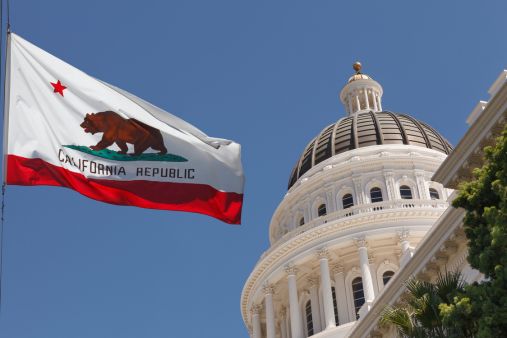The National Labor Relations Board (NLRB) is struggling with the same issue that many employers are currently facing: staffing shortages. NLRB leaders blame much of the staffing issues on budgetary constraints.
Chairman Lauren McFerran and General Counsel Jennifer Abruzzo recently sent a letter to congressional appropriators regarding the “budget crisis at the NLRB,” noting the agency has received the same annual $274 million budget since 2014. Adjusted for inflation, the NLRB says its purchasing power has declined by 25 percent over the last nine years.
A Government Accountability Office report states that flat funding has contributed to a decline in total federal government personnel from 2010 to 2019 by more than a quarter. The NLRB warned in its letter to Congress that additional funding is needed for fiscal year 2023 just to maintain current operations, and that it will likely have to furlough employees if Congress does not provide additional funding.
The union representing the NLRB field staffers has accused Abruzzo of further exacerbating the staffing shortages by letting the NLRB’s remote working policy expire next month. The NLRB instituted a telework policy in response to the COVID-19 pandemic that currently permits five days of teleworking every two weeks. This policy was codified in a memorandum of understanding with the agency’s union and is set to expire on Dec. 23.
The field workers union accused NLRB management of using worker’s telework abilities as a bargaining chip at a time when, in their view, the NLRB should be focused on retaining and hiring field staffers. The union claims NLRB employees are leaving to take other jobs and applicants are turning down offers because they want more flexible working arrangements, highlighting the pivotal role teleworking has and will continue to play in the current labor market.
These staffing and budgetary shortages are coming amidst a surge in the NLRB’s workload. There has been a 53 percent increase in union representation petitions and a 19 percent increase in unfair labor practice charges from the prior year. Furthermore, Abruzzo has been vocal about making significant changes in labor law on various fronts. A shorthanded staff and lacking budget may affect the rate at which these changes materialize, especially if the NLRB furloughs employees. The immediate need for retaining and attracting workers may place some of Abruzzo’s bold plans on the back burner for the near future.











/Passle/6488d4630e7e25c9ac9f834a/SearchServiceImages/2024-06-26-19-30-08-587-667c6c405119fa18403fe47e.jpg)


